For this Picture Book Builders post, I thought it would be fun to take a look at how picture books are actually “built,” or printed and bound. I’ve wondered about this process for years (and have been asked about it many times during school visits) so I was excited when I had the opportunity to get a glimpse at book production with one of my recent picture books.
To my knowledge, all my picture books have been printed outside the U.S. except one — The Soda Bottle School. When my publisher shared that this title was slated to be printed in Wisconsin, I was elated. I have an author friend, Lori Degman, whose latest picture book, Cock-a-Doodle-Oops! had just come off the presses from the same printer and it was beautiful.
Lori had received a few photos of her book-in-process, so I asked the printer if they’d take photos of my book being printed and they kindly agreed. As it turned out, the pages of my book were printed during the night shift and my contact person there worked days, so she wasn’t able to get any photos. But the book cover printing, laminating, and the book assembly was done during the day, so she sent pictures of those processes. As luck would have it, Lori had received photos of her interior pages being printed, but not the covers or assembly. After combining photos from both books, I had the basics of the entire printing process (at this printer anyway.) I hope you find it interesting!
Step 1 – Twenty interior pages (ten spreads) are printed on one large piece of paper.
Step 2 – The colors are carefully inspected to determine if any adjustments are needed.
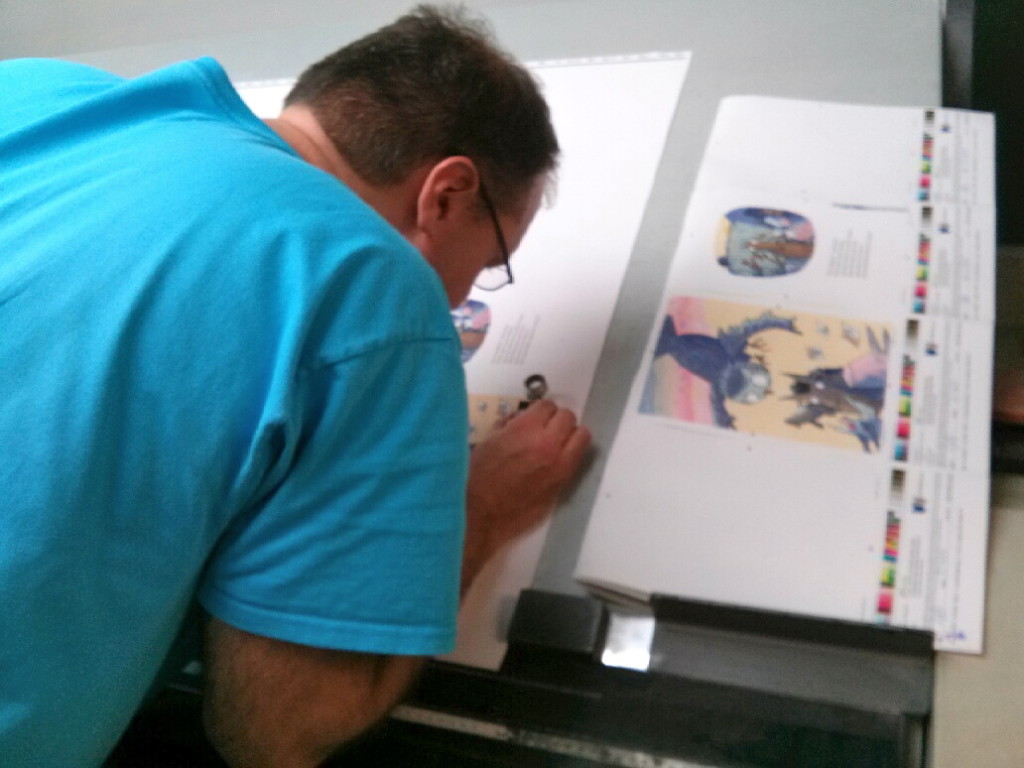 Step 3 – The large pages are cut into 10 spreads, collated, and sewn together into “book blocks.” Each book block has white fabric tape on the sewn end. (In the photo below, book blocks with yellow end sheets are moving down an assembly line.)
Step 3 – The large pages are cut into 10 spreads, collated, and sewn together into “book blocks.” Each book block has white fabric tape on the sewn end. (In the photo below, book blocks with yellow end sheets are moving down an assembly line.)
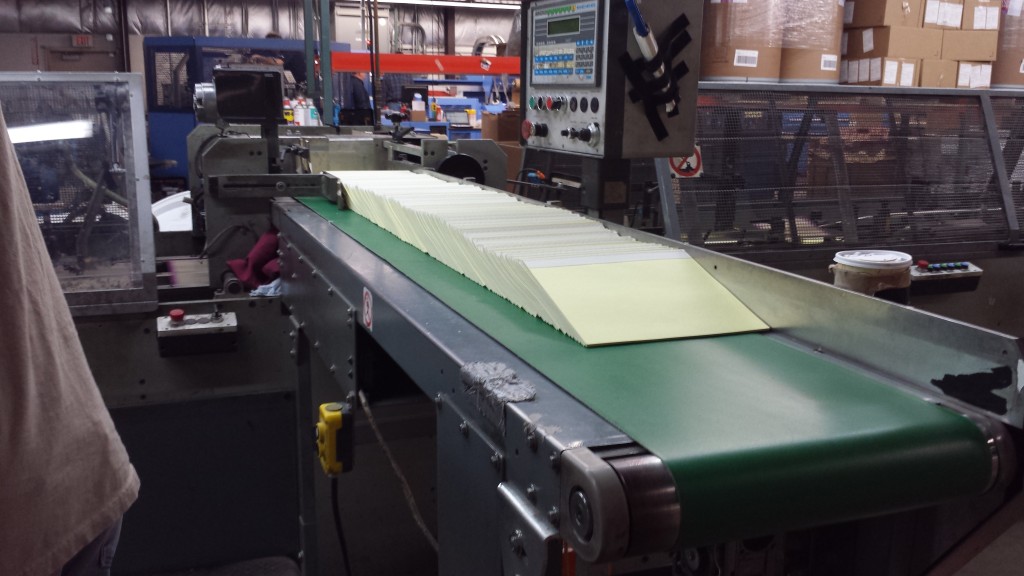 Step 4 – Book covers are printed on a large machine. There are actually two kinds of covers: book jackets with flaps, and covers without flaps that will be glued on the cardboard exterior. (Disclaimer – this step may come earlier in the process)
Step 4 – Book covers are printed on a large machine. There are actually two kinds of covers: book jackets with flaps, and covers without flaps that will be glued on the cardboard exterior. (Disclaimer – this step may come earlier in the process)
Step 5 – The book cover colors are carefully inspected.
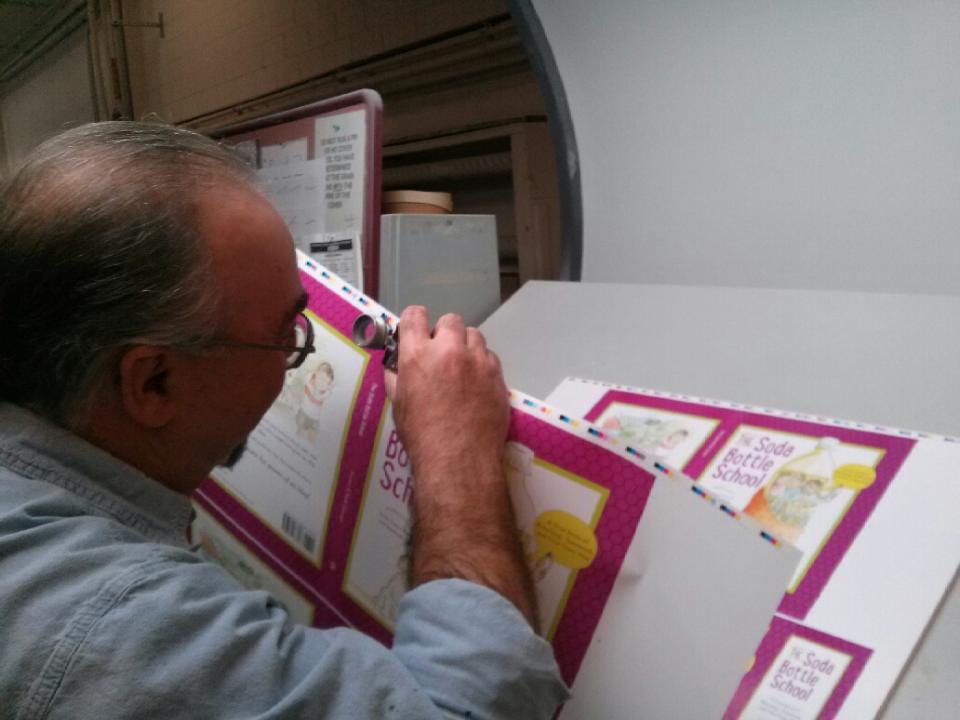
Step 6 – A clear, laminate sheet is put over cover pages to make them durable and waterproof.
Step 7 – Covers without flaps are glued onto cardboard pieces (In photo below, inside of cardboard covers are facing out.)
Step 8 – In a process is called “casing” or “casing in,” the “book blocks” (interior pages with yellow ends sheets on the outside) are glued inside cardboard covers. Rollers push down on the book spine so book blocks and covers stick together well.
Step 9 – The outside jackets are stacked, ready to be fed into the jacketing machine.
Step 10 – Books move down a small conveyor belt into the jacketing machine.
Step 11 – Books zoom through the jacketing machine at a high rate of speed where jackets are folded around each book.
Step 12 – The books are finally finished and ready to read!
While this synopsis doesn’t include every step of book production, I hope you found it helpful!
I’d love to hear what others know about how/where books are printed. Please share!
PS One of my favorite parts of finishing a new book is writing the dedication, but sometimes that decision is difficult and I spend a lot of time choosing just the right person. But the dedication for The Soda Bottle School didn’t take long at all. A few months earlier I’d lost a dear friend, a fellow children’s author, and a much beloved teacher to cancer. Her name was Laura Crawford. Like me, Laura wrote nonfiction, so we often chatted about new book ideas and critiqued each other’s stories. We also served on a writer’s committee together, shared many meals, and did school visits and book events together. Since The Soda Bottle School shares the true story of a group of students and their incredibly inspiring teacher named Laura who built their school out of trash, I knew the dedication was meant for Laura Crawford — a wonderfully inspiring teacher, author, and friend!
Here are a few of Laura’s great children’s books:
PSS I just found out The Soda Bottle School was selected for the Reading is Fundamental (RIF) 2015 Multicultural Booklist, so it will be given (for free) to students in low-income schools. I think Laura would have liked that! (RIF also created a wonderful free Activity Guide for the book!)

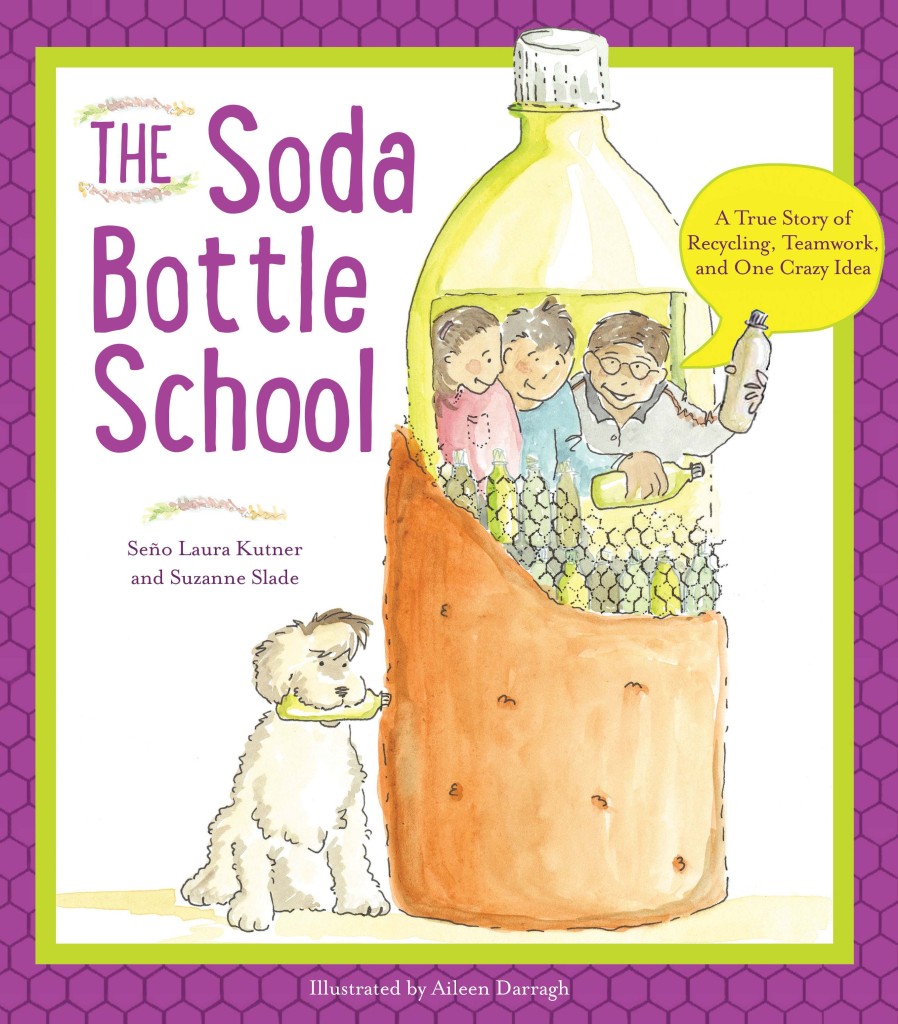
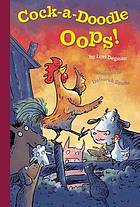
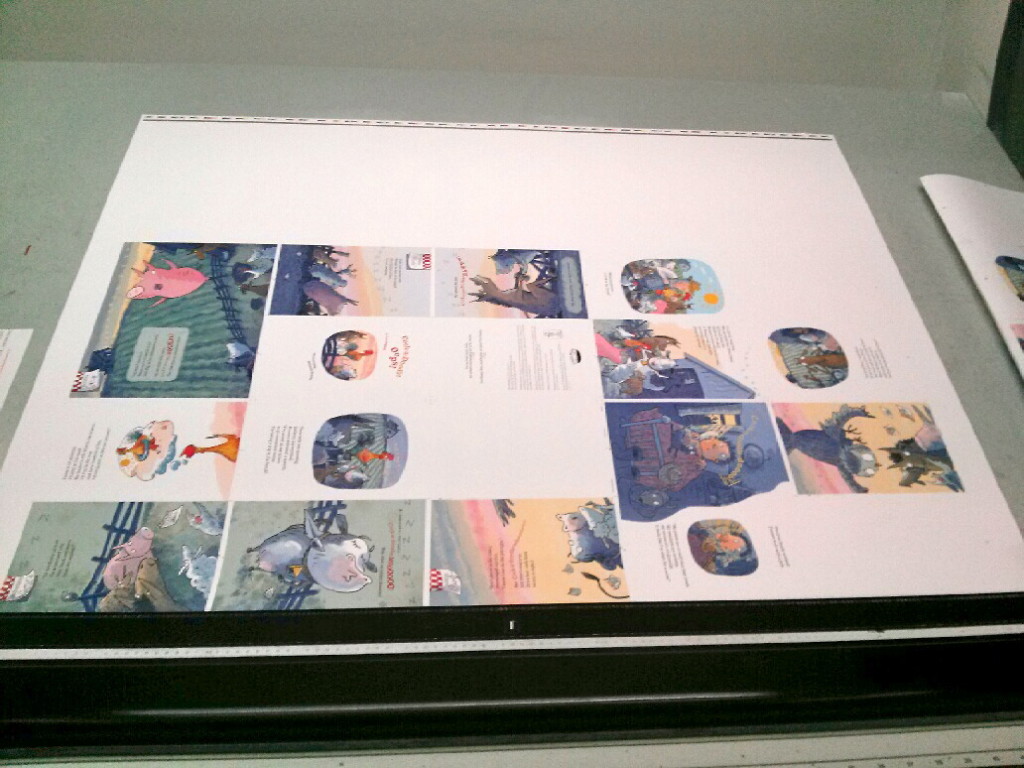
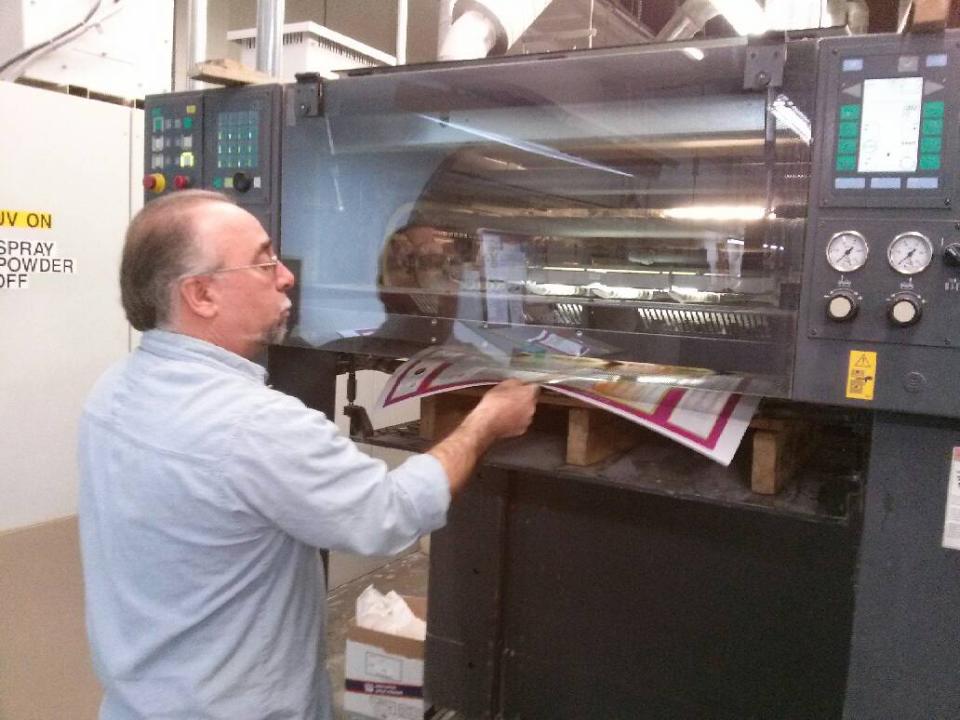
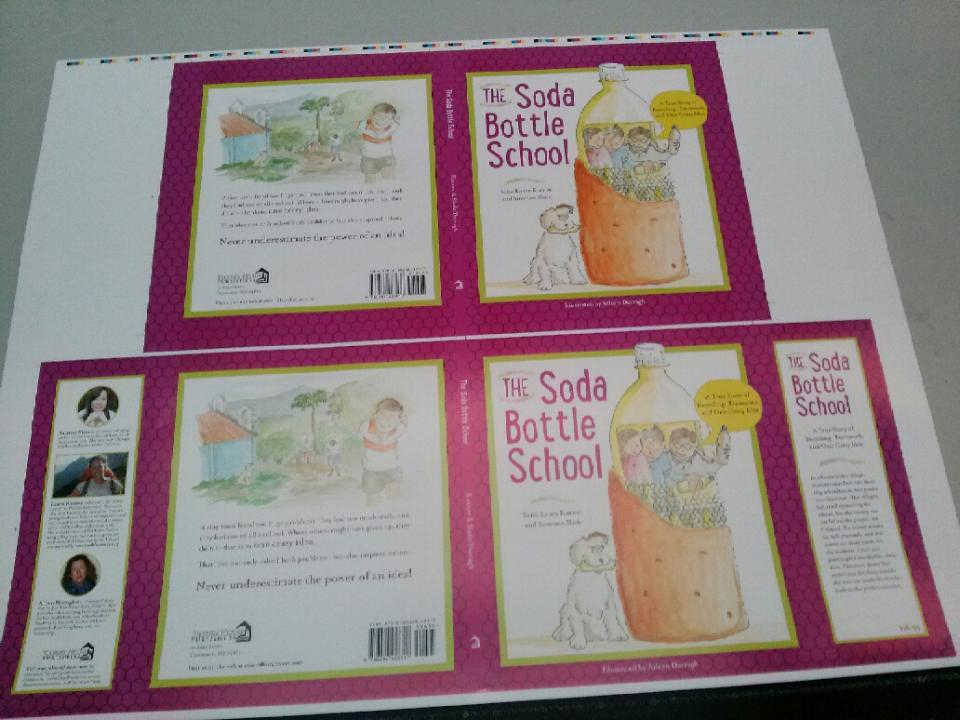
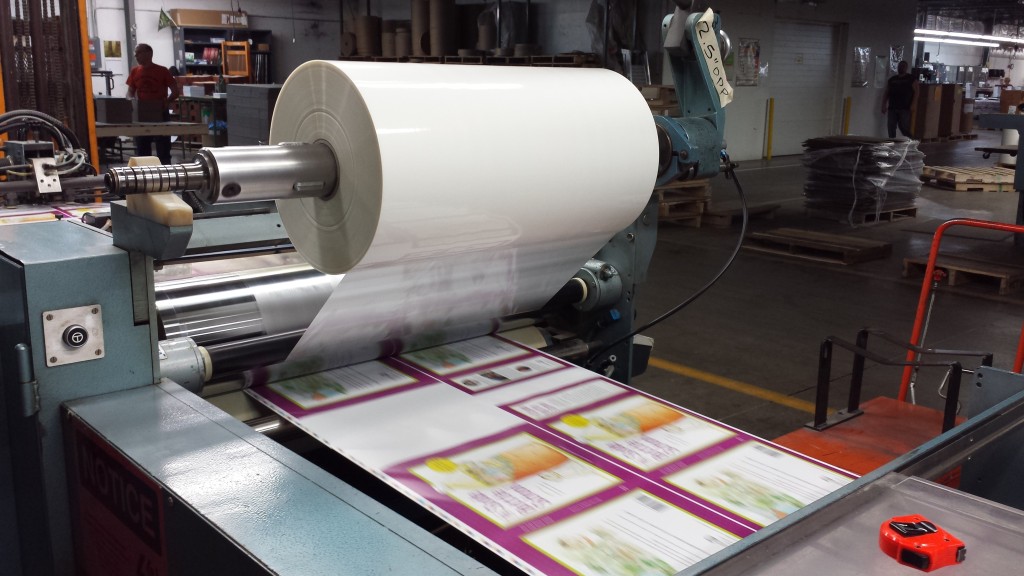
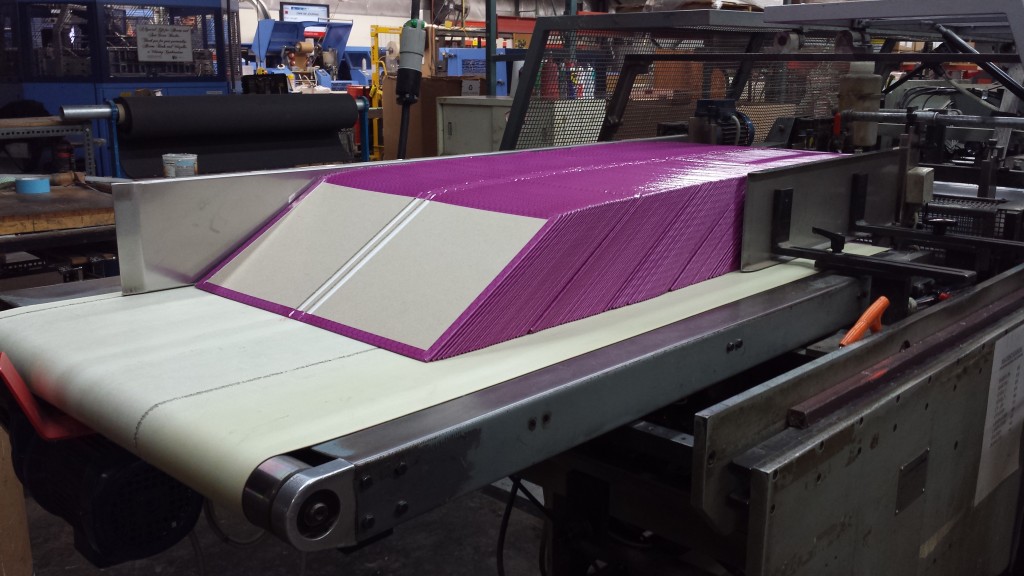
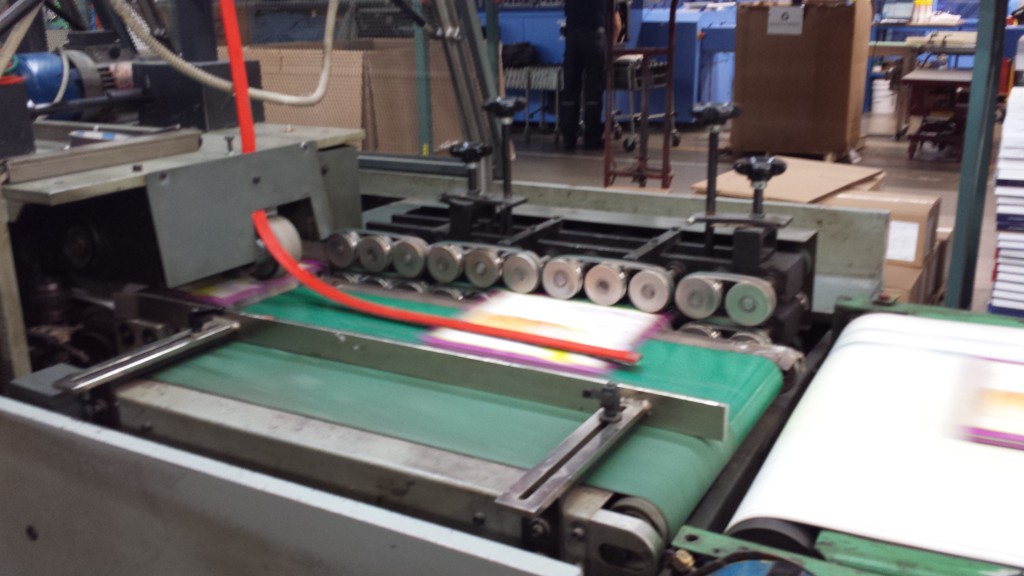
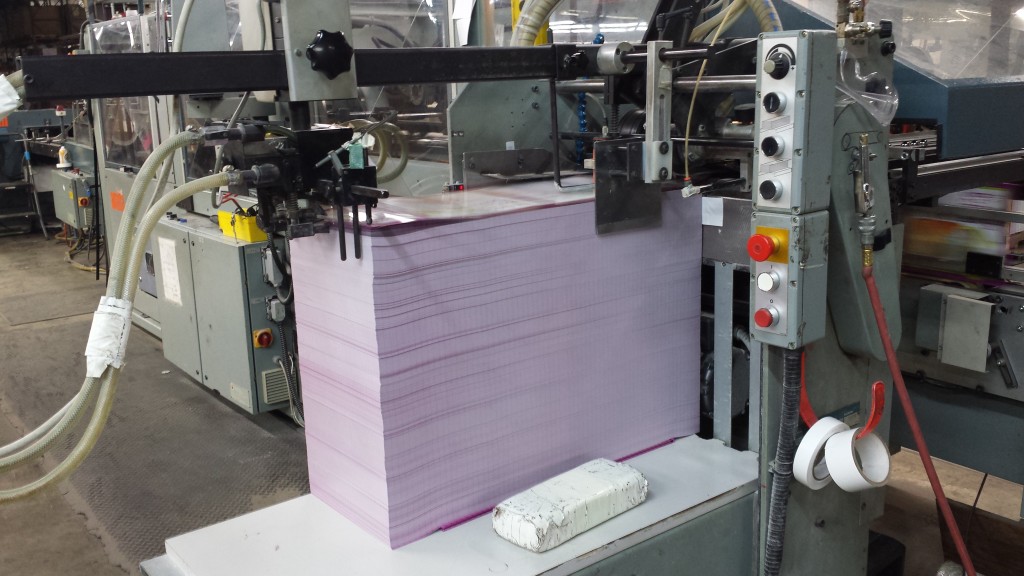
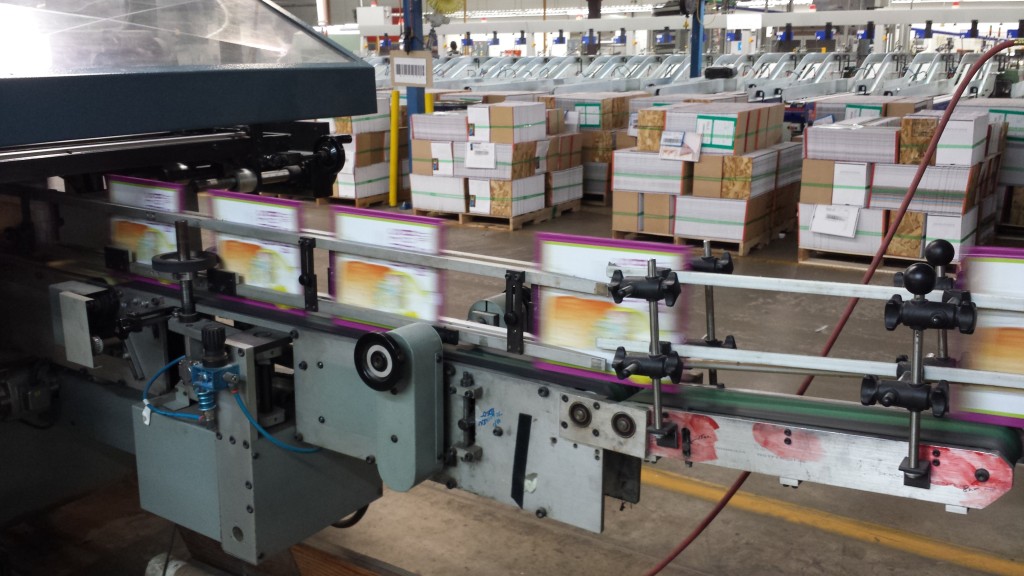
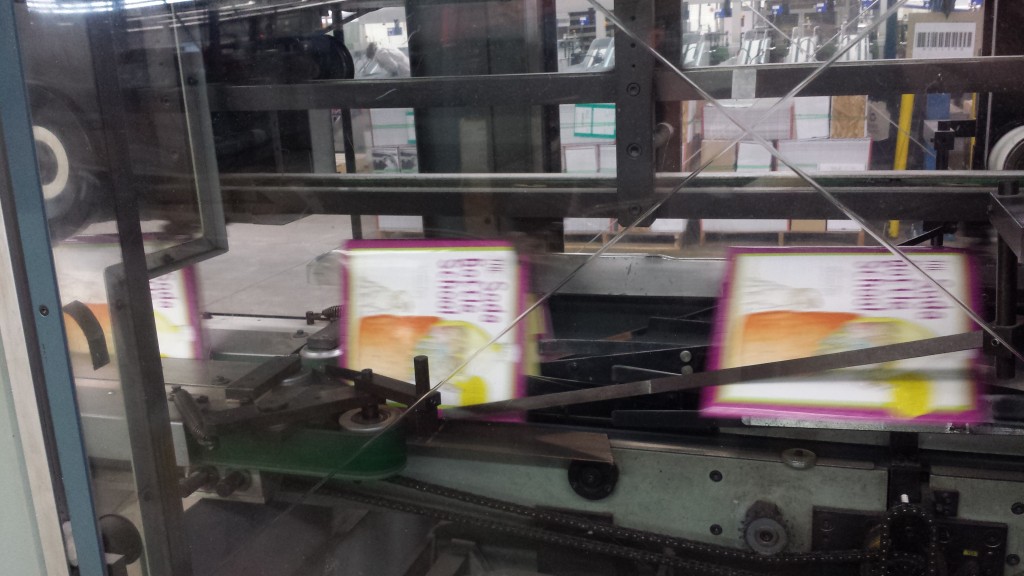
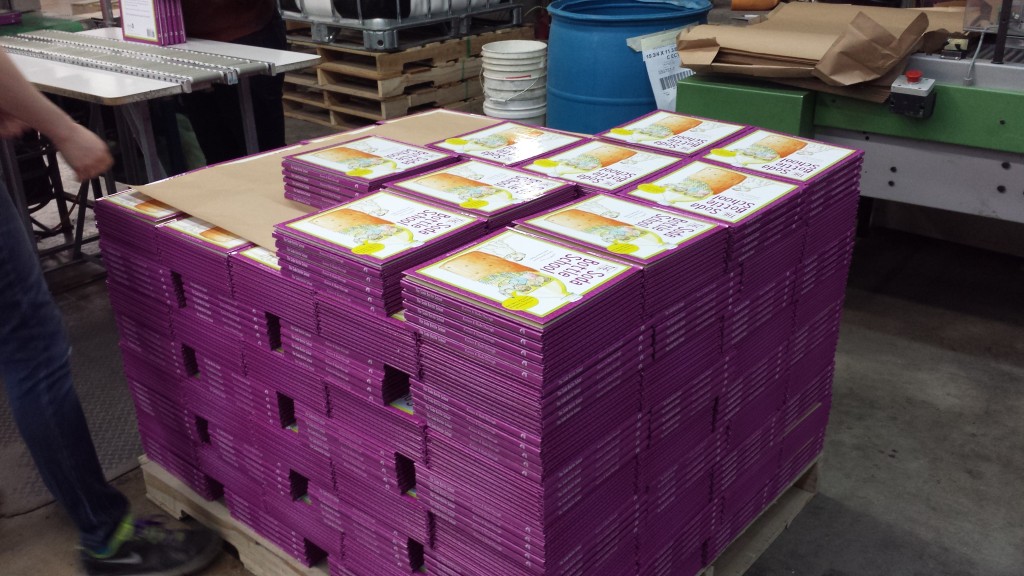




Suzanne,
I loved the virtual field trip. Great fun! Thanks!
It is nice to leave our writing desks for a while — even if it’s just a “virtual” field trip! Glad you enjoyed the post!
I’m glad to see some books are printed here in the USA!
I find it very interesting to hear about where my books are printed. The shop in Wisconsin did a great job!
Thanks for a glimpse of this process, Suzanne. Wish I could see it in person sometime.
I didn’t know Laura well, but we’d met a few times and I found her so bubbly and warm. A natural teacher, surely. Lovely of you to dedicate this book to her.
I’d like to see the printing process in person too. Maybe someday!
Wow, Suzanne, this was wonderful to actually ‘see’! What a process and what amazing, specialized machines. Thank you for sharing this. I’m so sorry about the loss of your friend.
I found the process really cool too. Laura really was a special person — caring, fun, and always ready to help others.
Thanks for this informative post! And your dedication is so nice. Laura friended me on FB shortly before her death. I didn’t get to know her but heard lots of great comments!
I’m glad you got to know Laura through FB. He posts always made me laugh!
Terrific, Suzanne. Thanks. Loved seeing and reading this. Question: So a 32 page picture book is comprised of how many of those 10 spreads printed on one sheet?
Hi Patricia,
Great question! I’m guessing a 32 page picture book would require 2 large sheets, since each contains 20 pages, but I don’t know that for sure. I emailed the printer and asked, and I’ll let you know when I hear back!
So I just heard back from the printer, and surprisingly all 32 pages were printed on one large sheet! I’m not sure why Lori Degman’s book had 20 pages per sheet. I find it so interesting an entire 32-page picture book is printed on only ONE huge sheet of paper!
Fascinating! Thanks for sharing this. I think it would be so cool to see a book being printed in person, especially my own.
Someday I hope to watch the process in person too!
Loved seeing this – so cool!
I’m glad you enjoyed the pictures. I found the printing process very interesting, and was surprised to see how many steps it took to make a book!
This was so interesting! Thanks for sharing the process with us. And I’m so sorry about the loss of your friend, Laura–what a lovely way to honor your friendship.
Laura was such a great friend and teacher. Her students adored her!
Thank you for sharing this process with us! Great visuals 🙂
Pictures do tell the story much better than words. I’m really grateful that the printer took the time to share those photos with me!
Thank you for sharing this fascinating process with us, Suzanne. I am so sorry about the loss of your friend. Her books will remain as beautiful reminders.
You’re right, Anne. Laura’s books are a wonderful reminder of her passion for teaching and love of children.
This is incredibly interesting. Thanks for illuminating the book making process!
I’m happy you found this process interesting, I learned a lot from the photos, and it was fun putting it all together with the descriptions of each step!
Thanks for illuminating the book making process! So fascinating!
Thank you! Such an interesting post — and a good resource to show kids how a book is printed!
Andrea, you’ve given me an idea! I think I’ll put a link to this post on my website so curious kids can check out the book printing process.
So interesting! Thanks, Suzanne. Would you mind if I included this as part of a presentation for school visits? I have several interior spreads from my printing process, and a running sheet. It would be fun to relate these to some of these photos with the actual printing machines that are used in the process.
Thanks for sharing your dedication story. Very touching.
Thanks for giving us a behind-the-scenes peek at the book-making process!
Loved seeing the process! Thanks so much! And what a wonderful dedication – truly just right – and perfect that the book was selected for RIF!
Thank you for sharing! What a tremendous gift to give your fellow writer friend.